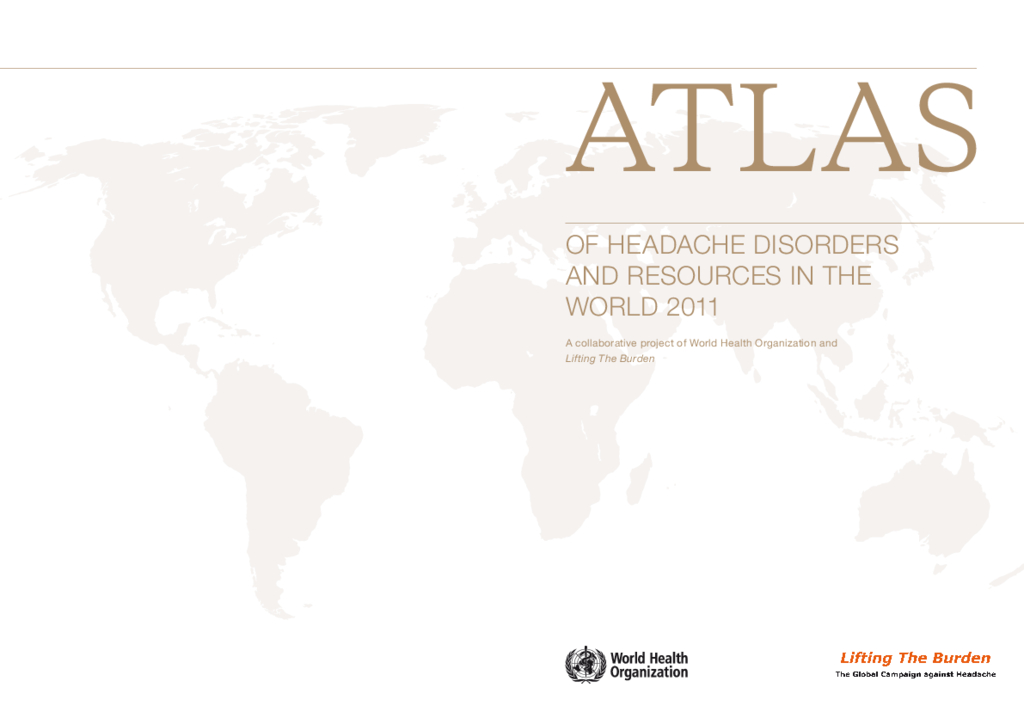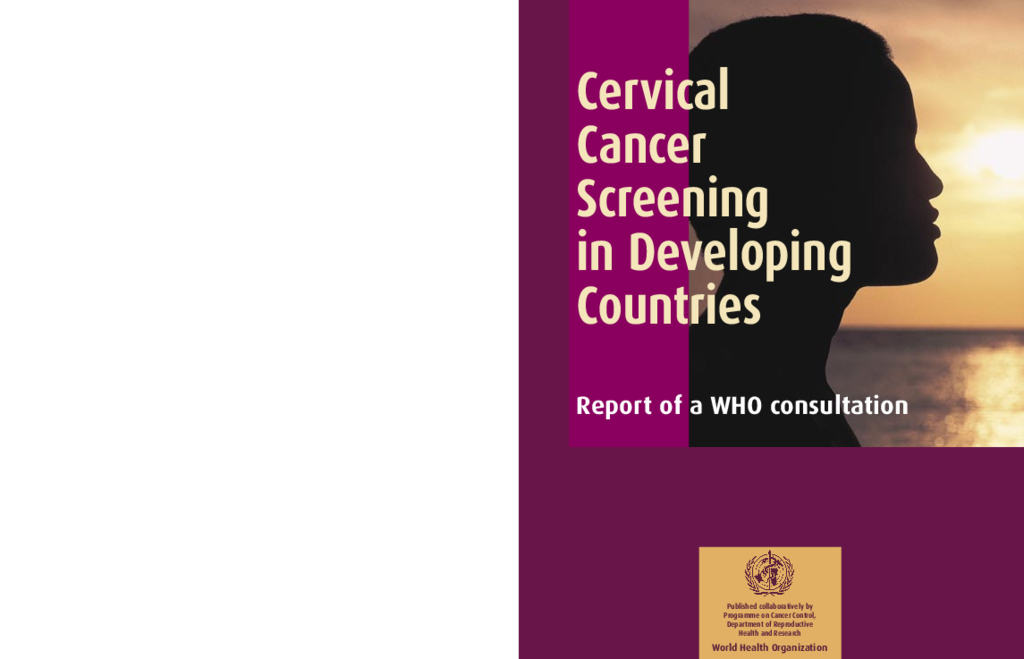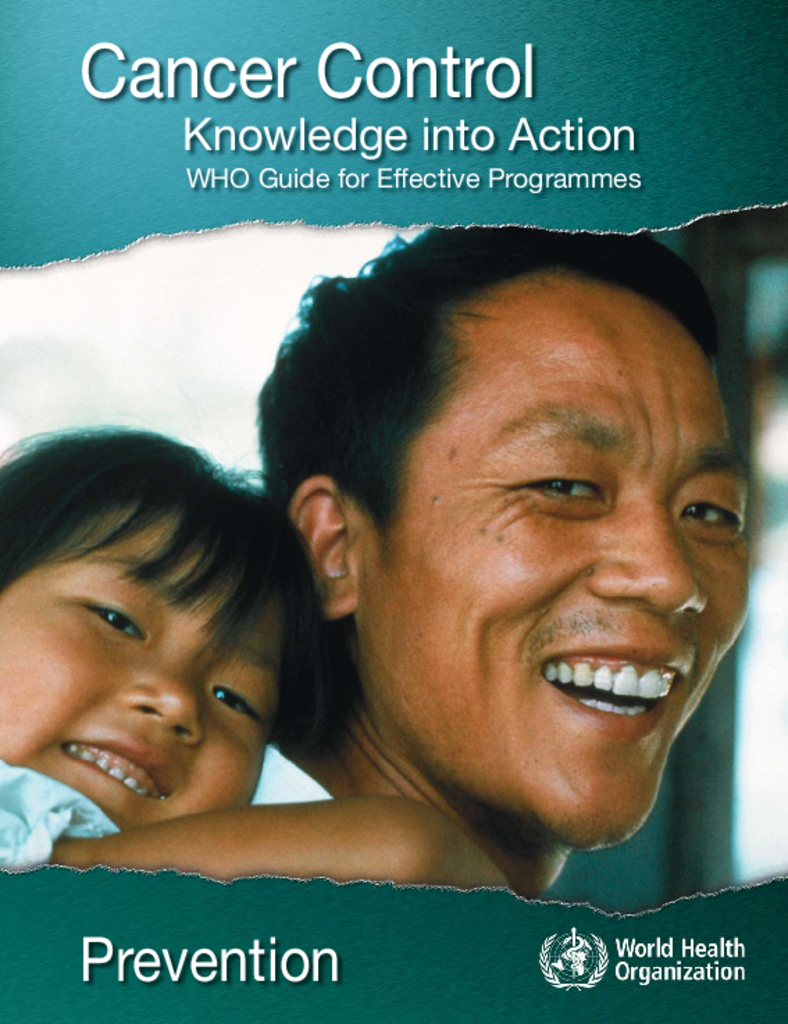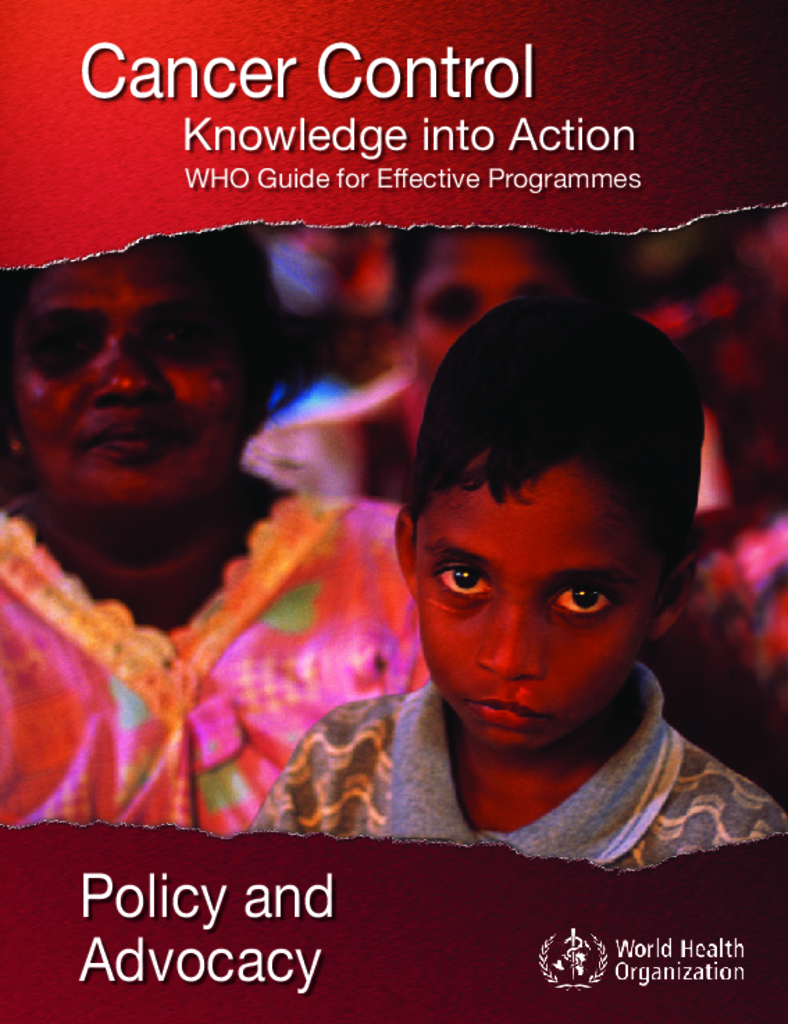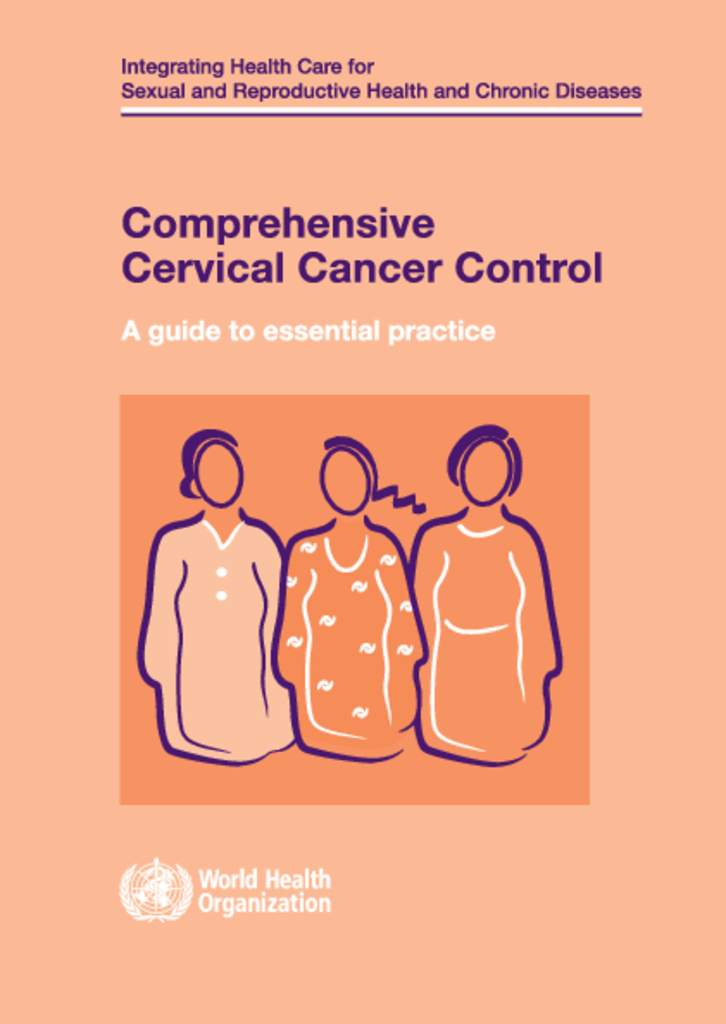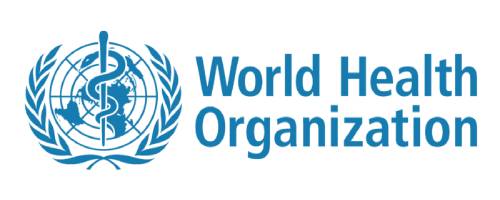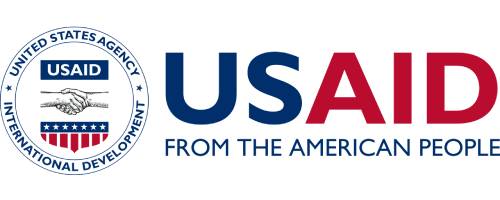Headache disorders are among the most common disorders of the nervous system, causing substantial ill-health and disability in populations throughout the world. Despite this, they are underestimated in scope and scale, and there is little recognition of their public-health impact. It is not known how, or how effectively, health-care and other resources are utilized to mitigate their effects.
Progress in cancer control has been uneven. In spite of known effective interventions, the burden of cervical cancer, for example, remains greatest in low- and middle-income countries, where progress has been the slowest. While there have been moderate improvements in age-standardized cancer mortality rates in high-income countries, reaching a 25% reduction in some settings, overall declines in mortality from cancer have not been achieved globally.
Worldwide, cervical cancer comprises approximately 12% of all cancers in women. It is the second most common cancer in women but the commonest in developing countries. Cervical screening is acknowledged as currently the most effective approach for cervical cancer control. However, in many countries, including most middle-income developing countries, the existing programmes are failing to achieve a major impact
Cancer is to a large extent avoidable. Many cancers can be prevented. Others can be detected early in their development, treated and cured. Even with late stage cancer, the pain can be reduced, the progression of the cancer slowed, and patients and their families helped to cope.
Cancer is a leading cause of death globally. The World Health Organization estimates that 7.6 million people died of cancer in 2005 and 84 million people will die in the next 10 years if action is not taken. More than 70% of all cancer deaths occur in low- and middle-income countries, where resources available for prevention, diagnosis and treatment of cancer are limited or nonexistent.
But because of the wealth of available knowledge, all countries can, at some useful level, implement the four basic components of cancer control – prevention, early detection, diagnosis and treatment, and palliative care – and thus avoid and cure many cancers, as well as palliating the suffering.
This Guide is intended to help those responsible for providing services aimed at reducing the burden posed by cervical cancer for women, communities and health systems. It focuses on the knowledge and skills needed by health care providers, at different levels of care, in order to offer quality services for prevention, screening, treatment and palliation of cervical cancer. The Guide presents guidelines and up to- date, evidence-based recommendations covering the full continuum of care. Key recommendations are included in each chapter; a consolidated list is given on pages
